Member of the Month: Grace Noppert
Muntasir Masum, Tia Palermo, Selena OrtizGrace Noppert is a Postdoctoral Scholar at the Carolina Population Center at the University of North Carolina at Chapel Hill. You can follow her on twitter @gracenoppert.
Tell us about your professional journey and how you started out as an infectious disease epidemiologist and how have you since integrated sociology into your work?
My journey as an infectious disease epidemiologist has had several important twists and turns. In college, I was on track to go to med school. However, my junior year I studied abroad in Durban, South Africa—a city with some of the highest tuberculosis (TB) and HIV incidence rates in the world. It was there that I first heard the word ‘epidemiology’ and I was hooked. I was fascinated by a discipline that sought to understand the health of a whole population, rather than a single individual.
After college I became a middle and high school science teacher in Baltimore, MD. My time in the classroom has formed the basis for how I approach my infectious disease work, and specifically how I integrate sociology into that work. My students in Baltimore were remarkable young people, resilient in the face of so many challenges facing them. Many of them lacked basic opportunities to achieve health and wellness, opportunities such as healthy neighborhoods and adequate food and housing. Additionally, many of them were either caring for family members or were themselves suffering from what should be rare infectious diseases in the U.S. It was then that I really started thinking about how experiencing infectious diseases might age your body prematurely, and how the social environment is inextricably linked to the distribution of infectious disease.
I suppose sociology has been baked into how I approach infectious disease from the beginning. Thankfully, over the past few years I have the opportunity to formalize this training with some excellent sociologists and social epidemiologists. They have helped me build a framework around what I have been observing, with regards to infectious disease, for years.
Can you summarize for us something you’ve been working on recently?
Recently, I have been working on publishing some work that I did in conjunction with colleagues at the University of Michigan and the Michigan Department of Health and Human Services. Very little is known about the social status of individuals with tuberculosis (TB) in the U.S. today. Working with metropolitan Detroit public health departments, we collected detailed data on the social experience of individuals undergoing TB treatment in Detroit. We’re just now publishing the results of that study which are very timely for understanding the COVID-19 pandemic.
How is interdisciplinary work necessary for the topics you study?
I could not do the types of research that I do without collaboration from many different disciplines. Interdisciplinary work is critical for me. On the infectious disease side of things, I need colleagues with expertise in immunology and infectious disease transmission to understand both how a disease will spread and how it will age the immune system. From the social epidemiology side of things, I benefit immensely from having sociologists help me ground my work in theory and frameworks. More recently, I have become really excited about work that crosses species. I have had the pleasure of working with some incredible researchers who study the social environment and health in animal models. Their work can fill in critical gaps in our understanding of social status and health in humans.
Please share how your work relates to the issues and concerns that are emerging as a result of the COVID-19 pandemic.
One of the most troubling aspects of the COVID-19 pandemic are the stark inequities in the distribution of COVID-19 infections and deaths. We consistently see that individuals of minority race/ethnic status and those living in poverty are disproportionately bearing the burden of this pandemic in the U.S.
I have seen this pattern play out across a number of infections in my own work. In our TB studies, we see transmission happening much more frequently in poor neighborhoods, net of population density. U.S.-born TB cases are much likely to be non-Hispanic Black than White. These trends point to the continuing impacts of structural racism and structural disadvantage on how infectious diseases are distributed in the U.S. population.
In some of my current work on cytomegalovirus (CMV), we see striking socioeconomic status (SES) disparities in immune response to CMV where those of lower SES have higher CMV antibody levels—CMV effectively ages the immune system of low SES individuals faster than their more advantaged counterparts.
This work, and the work of others in this field, offers a framework for understanding who is most vulnerable to COVID-19, the long-term implications for inequities in SES and health, and potential population-based interventions to address these inequities.
What are some of the long-term implications of COVID-19 on population health?
When thinking about the long-term implication of COVID-19, there are few things that come to mind for me:
- The inequities we see along lines of race/ethnicity and SES with regards to COVID-19 are likely to exacerbate existing health disparities. I am thinking a lot about who will be able to economically weather this storm and recover—and that most certainly falls out along lines of structural disadvantage. For example, processes like residential segregation that have been at work since the early 20th century systemically place racial/ethnic minority populations in communities with a higher likelihood of exposure to COVID-19 and fewer resources to cope with the pandemic, including economic safety nets. So it’s not just that these communities are bearing a disproportionate burden of the disease, which is itself deeply troubling, but it is also the long-term consequences of sustained social and economic hardship that will likely widen existing health inequities. I think we will see the consequences of this for decades to come.
- We do not yet know what the long-term consequences are of COVID-19 on the body, particularly the immune system. The data suggest that there may be some very interesting dynamics with immunosenescence at play both in predicting initial infection and disease, and in how the body recovers long-term. We are going to need excellent population-based immunological data in the years to come to really understand the health implications of infection.
Why did you decide to become a member of IAPHS, and how does IAPHS help you to advance the work that you do?
I like that IAPHS draws a multi-disciplinary group of scholars. I find myself really challenged to think outside the box at IAPHS both at the annual meeting and in conversation with IAPHS scholars. In terms of academic organizations, it seems like a fairly close-knit group which I think fosters the exchange of ideas very well.
IAPHS has helped advance my work in three ways: 1) it has helped me frame the work I’m doing in different, creative ways drawing from multiple disciplines; 2) it has given me new ideas for research to carry out ; and 3) it has increased my network of collaborators.

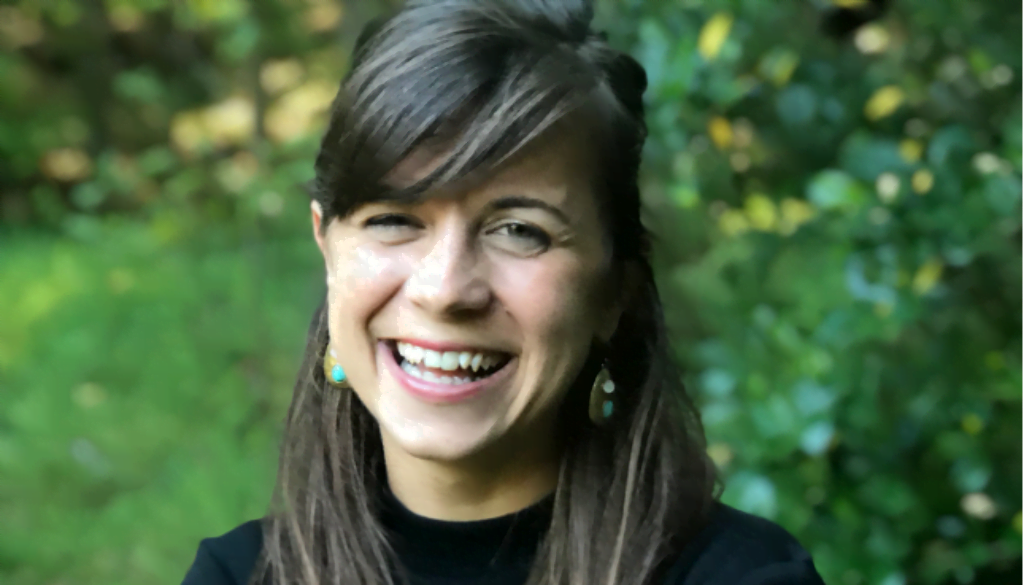

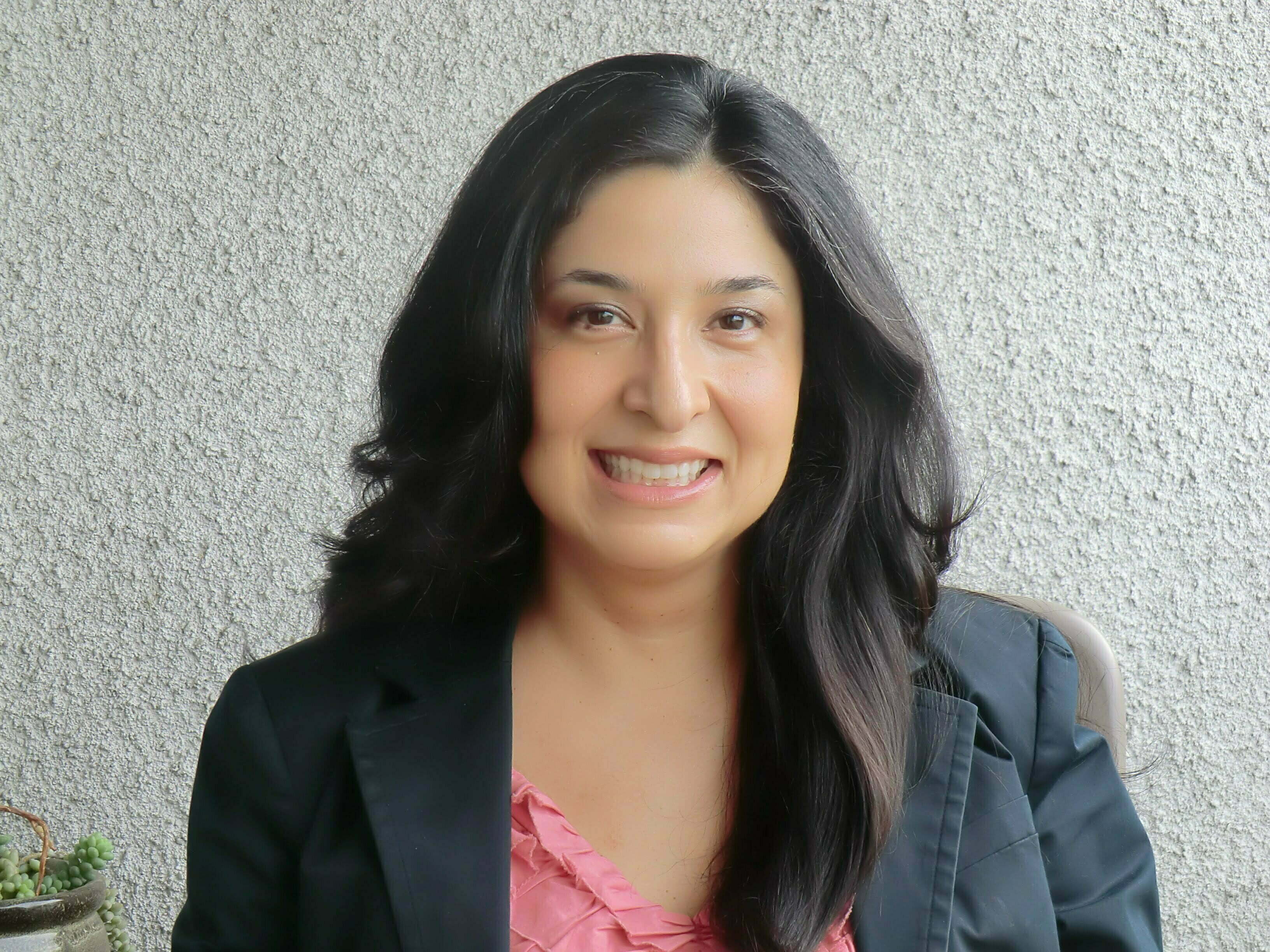
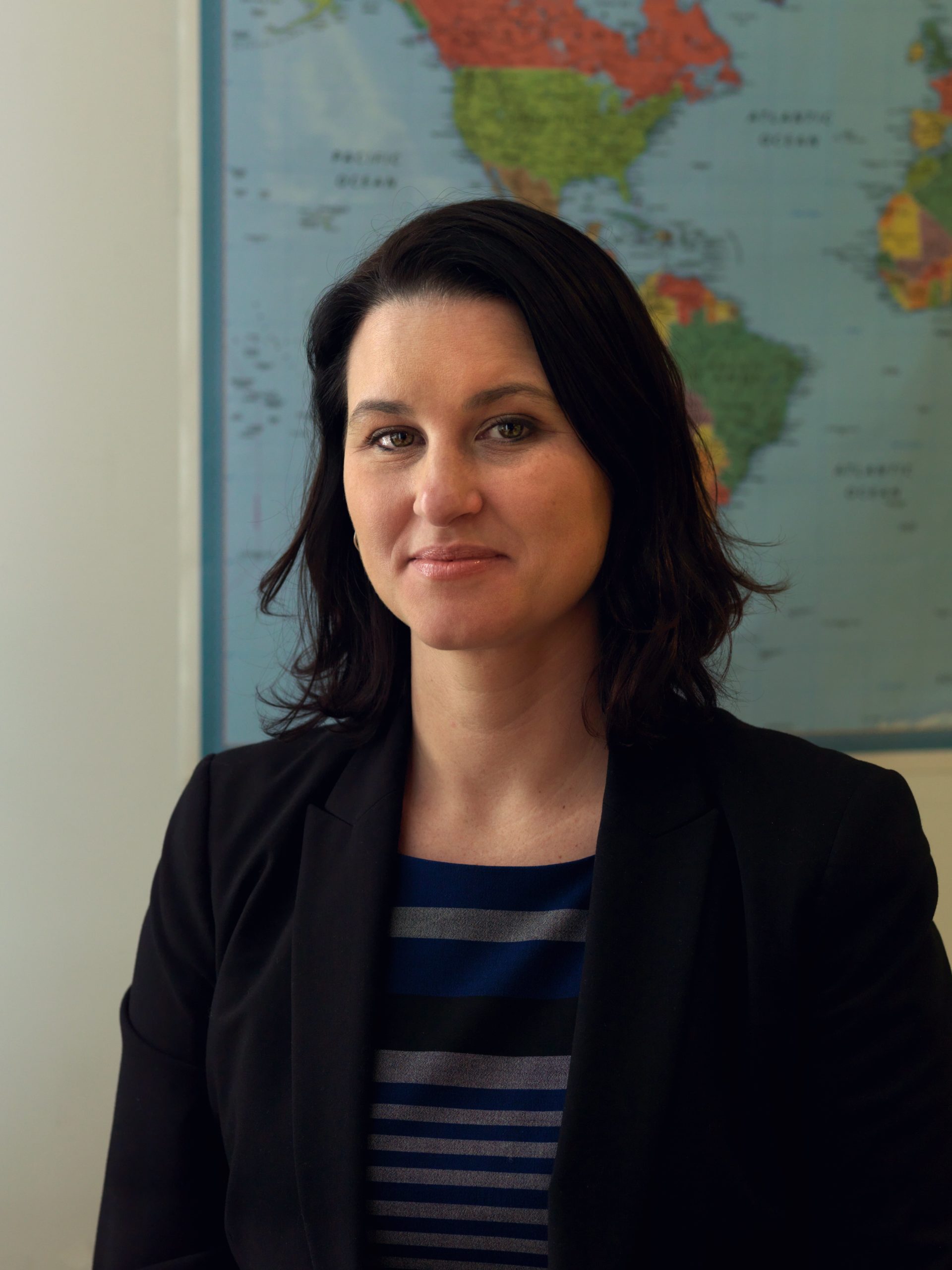
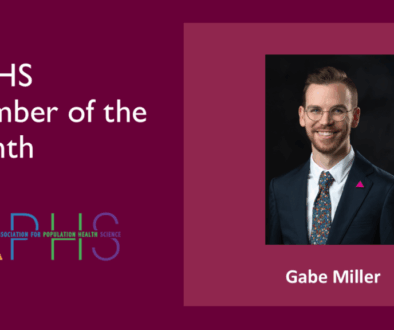
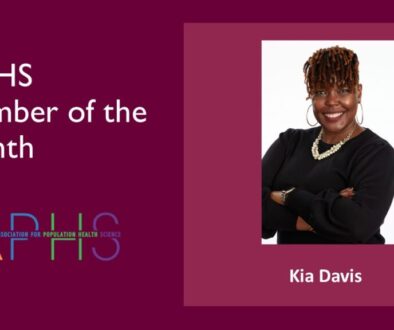

All comments will be reviewed and posted if substantive and of general interest to IAPHS readers.